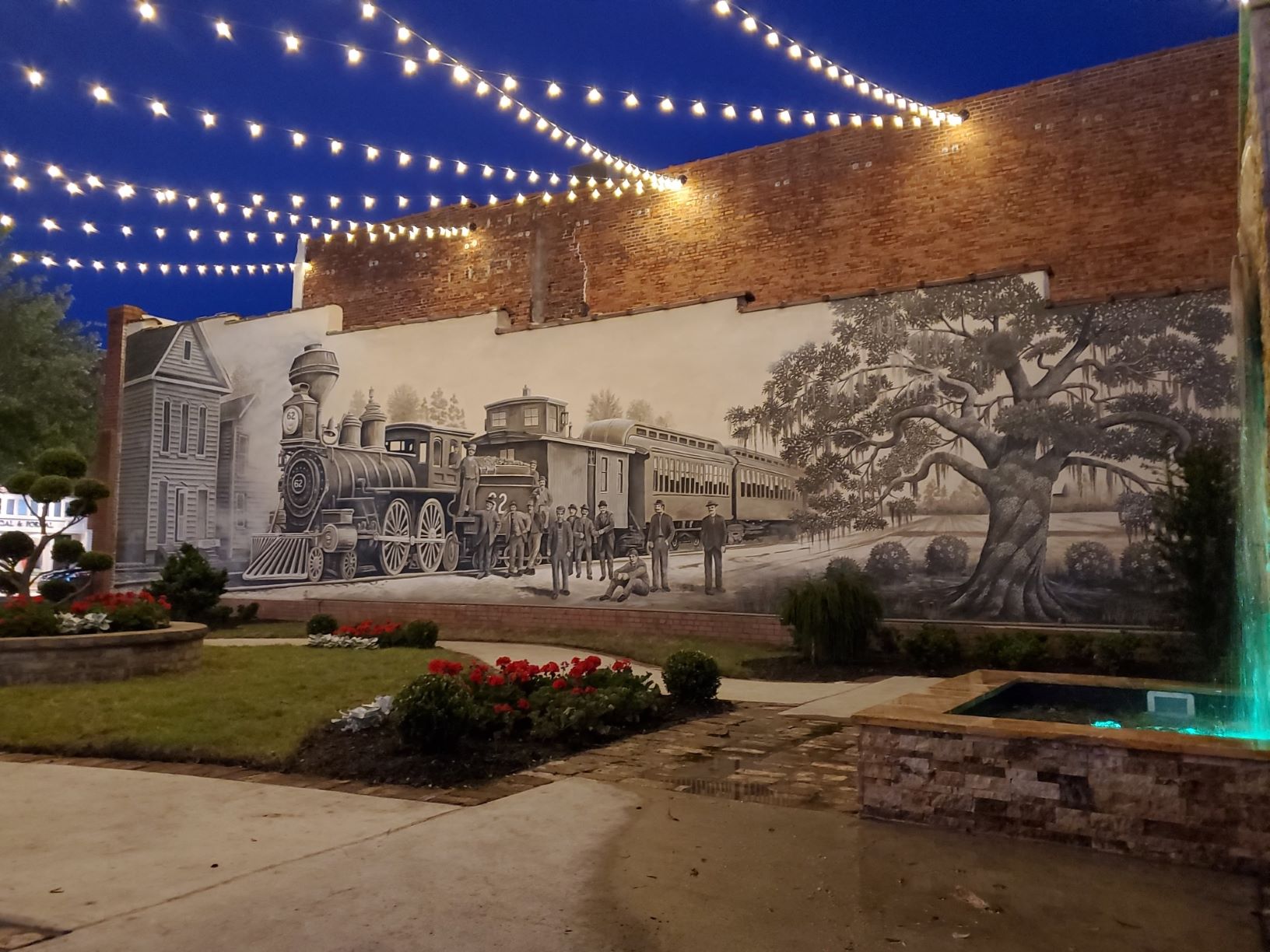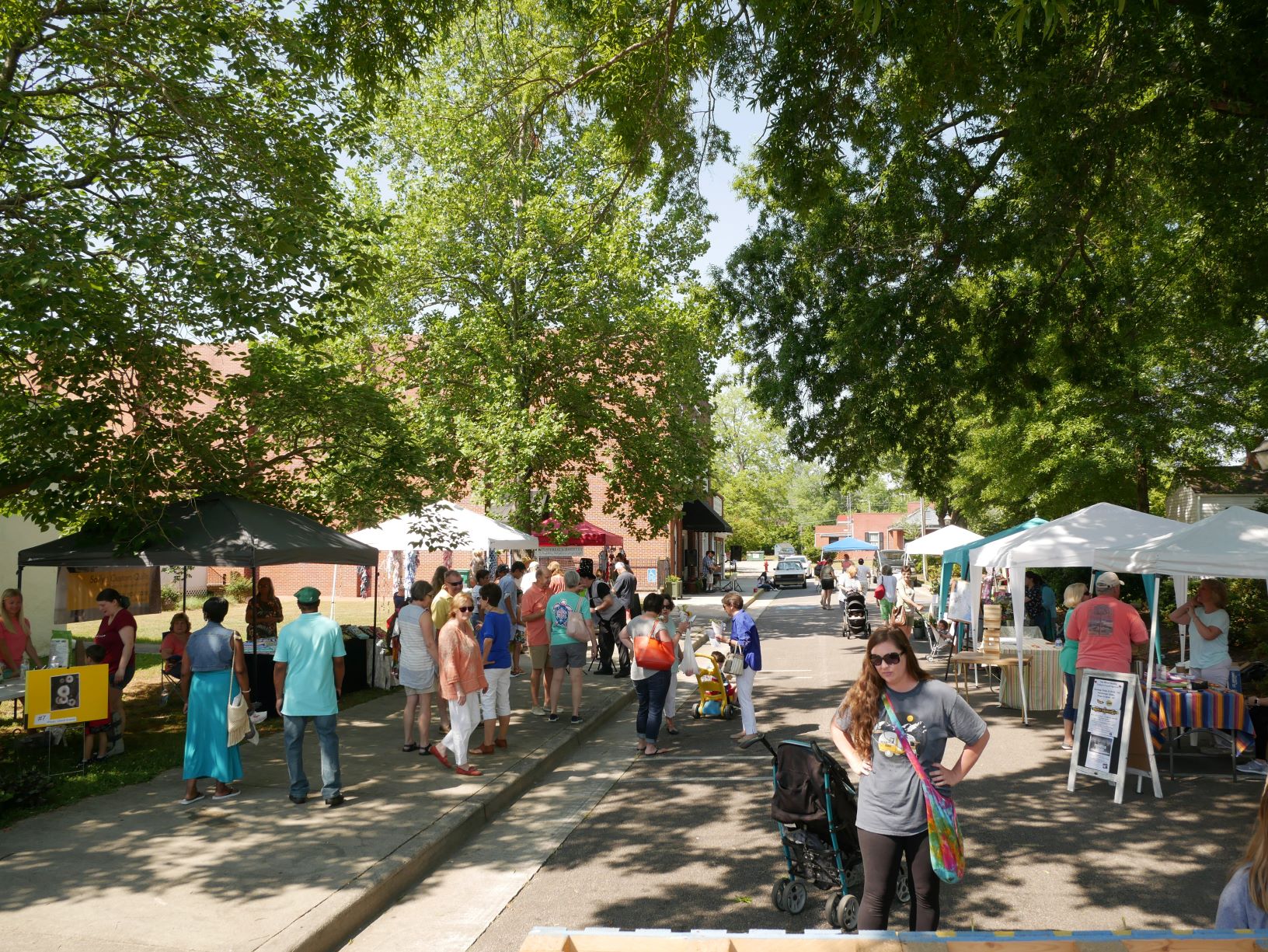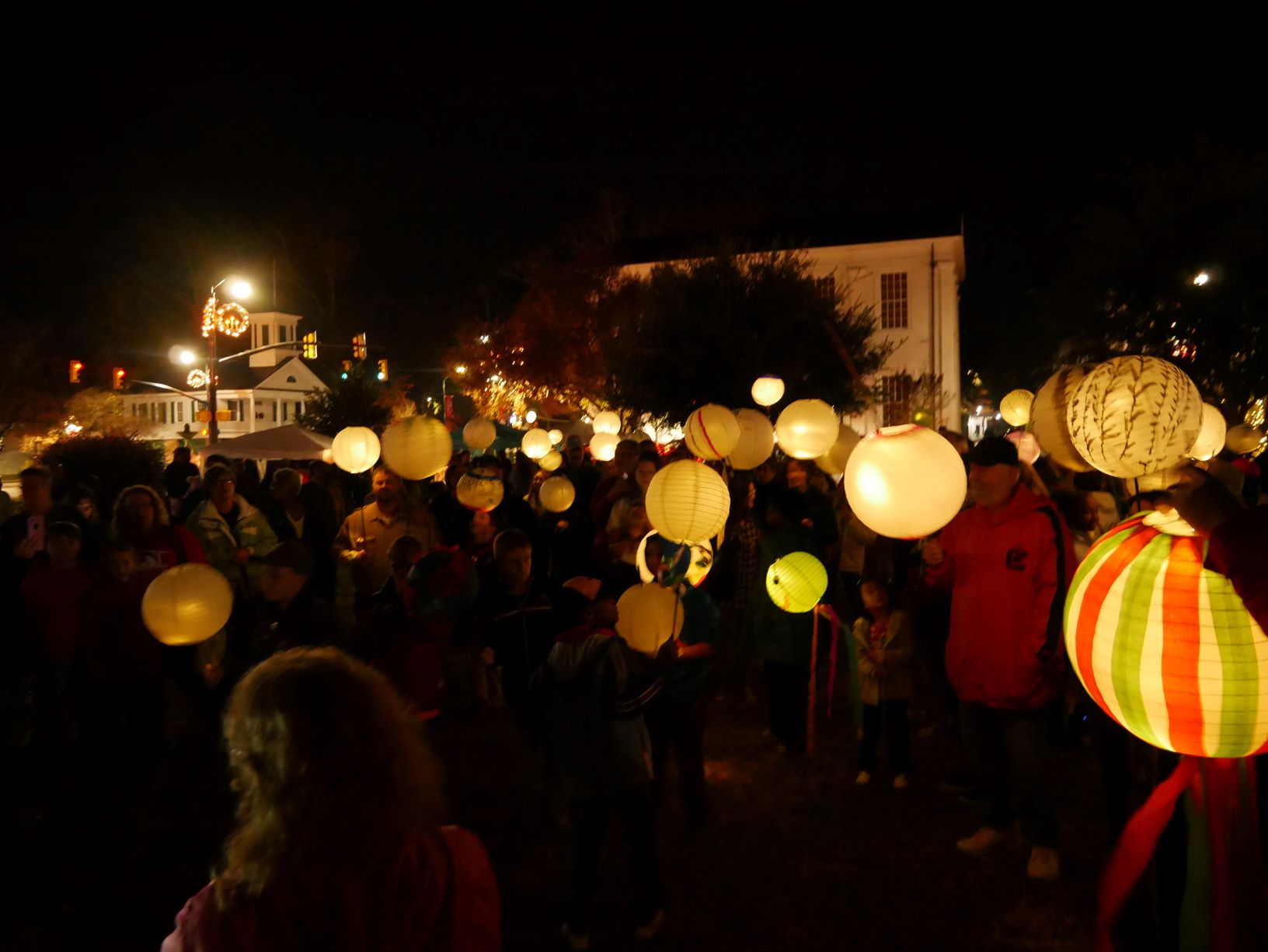While some of South Carolina's downtowns were distressed commercial districts in recent years, many have worked to transform into vibrant walkable neighborhoods.
Challenges remain, with the massive business disruption of COVID-19 being a major one. Even so, through coordinated revitalization efforts these districts have attracted new businesses, retained local talent and cultivated community engagement. Conway, Laurens and Cheraw are three municipalities that have demonstrated the effects of incremental, comprehensive downtown planning.
Conway
Less than 20 miles from the Grand Strand, the historic river city of Conway has seen tremendous growth recently, but this was not always the case. In 2009 with more than 50 empty storefronts, downtown looked bleak. Today the vacancy rate is near 0% in the city's retail and restaurant district. This improvement partially stems from heightened resiliency. Conway has faced repeated disasters including flooding and fires during the last few years, but its residents have managed to develop greater community resolve. One recent affirmation has been the role residents play in sustaining and growing the downtown economy. For years, residents assumed that tourists led downtown investment, but when the city's main access bridge was closed for six months, the majority of the downtown economy remained robust. Residents turned inward to support local businesses and found that downtown could satisfy their shopping and dining needs.

A mural commemorating Conway's railroad history is a focal point in the renovated Kingston Park. Photo: City of Conway.
Hillary Howard, executive director of Conway Alive, noted that beautification partnerships continue to be Conway's best strategy for downtown improvement. One example is Kingston Park, completed in fall 2019.
"This is a showstopper. It was a great collaboration between the Main Street program, the chamber [of commerce] and the city," she said.
Simple placemaking measures such as the installation of overhead lighting, landscaping and a mural transformed an unimpressive green space into a stunning corner park.
The next opportunity to grow the city's downtown is development of amenities along the Waccamaw River. To complement the existing 1.3-mile Riverwalk, leaders plan to connect downtown to this natural asset through the coordination of live, work, and play activities. The city recently purchased significant riverfront property which Howard described as a "real game changer" for catalyzing the riverfront's potential.
Laurens
Gateway to the Upstate and the greater Greenville area, Laurens' iconic courthouse square and nearby historic neighborhoods create a charming downtown district. Its walkability recently improved because of a push to incrementally expand the commercial district. A crosswalk connection to a public parking lot significantly improved access to the courthouse square. This much-needed crosswalk simply required a phone call to the SC Department of Transportation to coordinate the installation and a lane change in sync with a scheduled highway repaving.

Main Street Laurens organizes Finally Friday on the Square, which features live music, extended shopping and dinner specials. Photo: Main Street Laurens.
Mayor Nathan Senn said "It was an easy ask, because it was a common-sense solution that was already identified in the downtown master plan."
Additional downtown master plan concepts have been realized in close coordination with the downtown development nonprofit, Main Street Laurens. The Food Truck Plaza, a dedicated venue for community food trucks, is a catalytic component of the city's focus on growing its arts and food culture.
Jonathan Irick, executive director of Main Street Laurens, is helping to spur the culinary and arts initiatives to grow Laurens' downtown economy.
"We have learned to not overthink plans," Irick said. "Small, fast wins are just as impactful, if not more, than one large project that takes years to develop. For instance, the installation of overhead festoon lighting in the alleyways has boosted evening appeal in these formerly dark spaces."
Together, Irick and Senn note that positive communication has strengthened the partnership between the city and Main Street Laurens.
"Leaders are elected to lead," Senn said. "Play the long game. Be patient. Be willing to say no, not right now or yes because it's the right thing to do."
Cheraw
In recent years, the historic core of Cheraw struggled. A small mix of business anchors were surrounded by dilapidated buildings slated for demolition. The bleakness changed when Cheraw's town leadership voted to create a Main Street program to implement a comprehensive downtown plan. Today, Cheraw has a more unified vision with short- and long-term goals.


Events in downtown Cheraw include the Spring Festival and Annual Cheraw Lantern Parade. Photos: Town of Cheraw.
Rob Wolfe, Cheraw's first Main Street executive director, links this vision to the town's positive relationship with engaged merchants building a modern shopping and dining experience.
"My role is to provide direction on how best to achieve that. For instance, we have hosted several workshops to offer practical solutions that address window design and business development."
Merchants immediately embraced the recommendations and storefronts were cleverly redesigned with appealing displays.
Cheraw in just one year has harnessed its residents' enthusiasm to help downtown succeed.
"People are noticing that things are happening," said Wolfe. "In fact, some residents compared Cheraw to a 'Hallmark' community after a successful evening lantern parade."
Business districts must capitalize on the assets that make them unique.
"We have the best-preserved historic district outside of Charleston," Wolfe said. "Our historic district is the most visible asset with an enormous collection of pre-Civil War buildings including over 170 residential and commercial structures."
A district of this age, however, has its challenges. Most buildings are unused and need rehabilitation, but this is changing. One particular project that has the community encouraged is a downtown hotel.
Wolfe noted that "this is a very rare opportunity for a town of our size to secure a major outside investment. It's a huge boost for downtown and one that required the creation and approval of an incentive package and a land swap."
The goal is to retain Cheraw's large daytime workforce — a key asset — while spurring additional investment downtown.
A shared vision
Revitalization is more than physical improvements. It is also about leaders and residents working together.
Jenny Boulware, manager of Main Street South Carolina, noted that revitalization "requires bringing people together to develop and implement a shared vision. This can stimulate economic growth, creativity and activity downtown."
Identifying specific development strategies can take downtown districts to new levels of livelihood. Begin by identifying assets, resources and partnerships to inform long-term planning. An understanding of local market conditions — why people live and work downtown — helps craft a vision of downtown's role in the greater economy. Through public engagement, strategic planning, public commitment and ongoing support, South Carolina's cities and towns can create a place that unites community, attracts visitors and supports small businesses.
Main Street South Carolina is a technical assistance program that empowers communities as they revitalize their historic downtowns, encouraging economic development and historic preservation.
